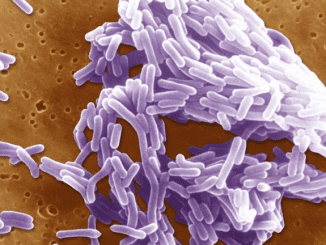Knee pain is a common problem affecting individuals of all ages, from athletes to the elderly. Whether it’s due to an injury or a long-term condition, understanding where your knee hurts is key to finding the right treatment. This article provides a comprehensive guide to identifying knee pain, exploring common causes, and emphasizing the importance of early diagnosis.
Understanding Knee Pain: The Basics
Knee pain can originate from various sources. The knee joint is a complex structure made up of bones, cartilage, ligaments, and tendons, making it prone to a range of injuries and medical conditions. Some common reasons for knee pain include overuse, injury, or diseases like arthritis. Knowing the anatomy of the knee and understanding the location of the pain can help pinpoint the underlying cause and lead to more effective treatment.
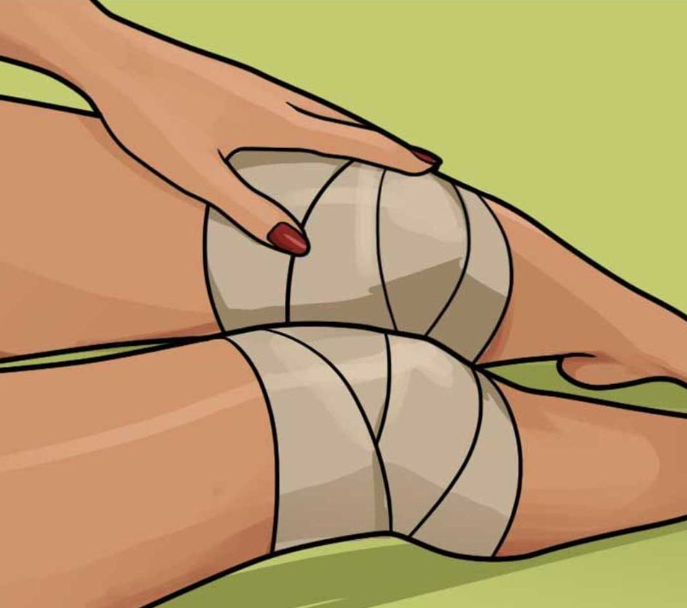
Common Causes of Knee Pain
Several factors contribute to knee pain, from acute injuries to chronic conditions. These include:
- Injuries: Fractures, ligament tears, and dislocations often result from trauma or accidents. Sports injuries like ACL tears and meniscus damage are typical examples.
- Chronic Conditions: Osteoarthritis, rheumatoid arthritis, bursitis, and tendinitis can cause ongoing discomfort and joint stiffness.
- Repetitive Stress: Activities like running, jumping, or improper exercise techniques can lead to wear and tear on the knee joint.
- Obesity: Carrying excess weight puts additional pressure on the knees, increasing the risk of injury and joint pain.
- Biomechanical Issues: Improper alignment or the way you walk can also contribute to knee problems over time.
Identifying the Location of Knee Pain
Pinpointing where your knee hurts is essential for diagnosing the problem accurately. Each area of the knee corresponds to different conditions and injuries, which can help guide treatment decisions.
Front of the Knee Pain
Pain at the front of the knee, or anterior knee pain, is commonly associated with conditions such as patellofemoral pain syndrome (also known as runner’s knee), patellar tendinitis (jumper’s knee), and chondromalacia patella (softening of the cartilage under the kneecap). This type of pain often results from overuse, improper movement patterns, or muscle imbalances. It’s most common in athletes and people who engage in activities that put repetitive stress on the knee.
Back of the Knee Pain
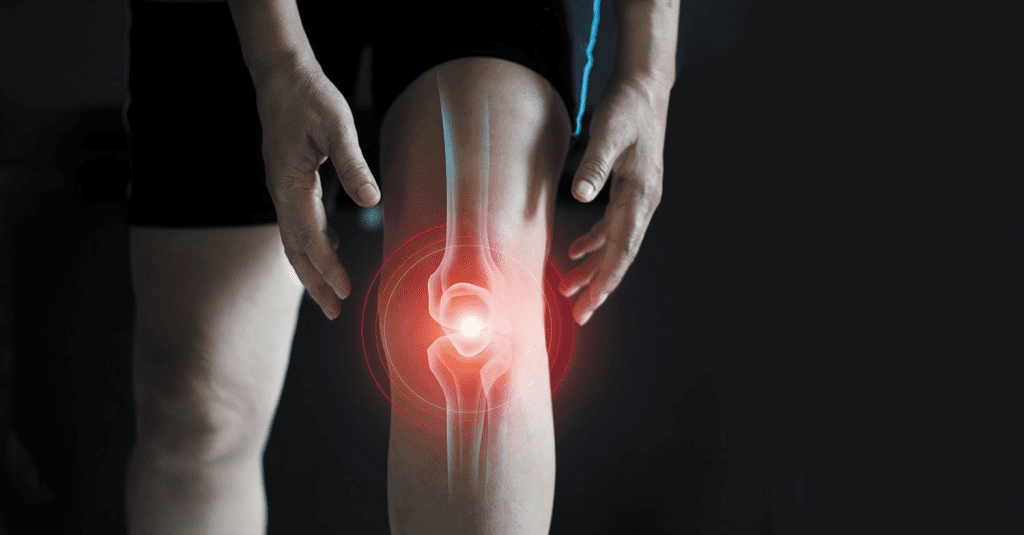
Pain at the back of the knee, or posterior knee pain, can result from a Baker’s cyst, hamstring tendinitis, or ligament injuries like those involving the posterior cruciate ligament (PCL). In some cases, this pain may be linked to deeper joint issues such as meniscus tears or problems with the knee’s synovial fluid. If you experience swelling or tightness in the back of your knee, it’s important to seek a diagnosis as this could indicate a more serious condition.
Inside of the Knee Pain
Medial knee pain, or pain on the inside of the knee, is often associated with injuries to the medial collateral ligament (MCL), meniscus tears, or arthritis. This type of pain can occur after direct trauma, as well as from overuse or degenerative changes in the knee joint. If you feel pain on the inner side of your knee, it’s important to consider potential ligament damage or wear-and-tear from chronic conditions like osteoarthritis.
Outside of the Knee Pain
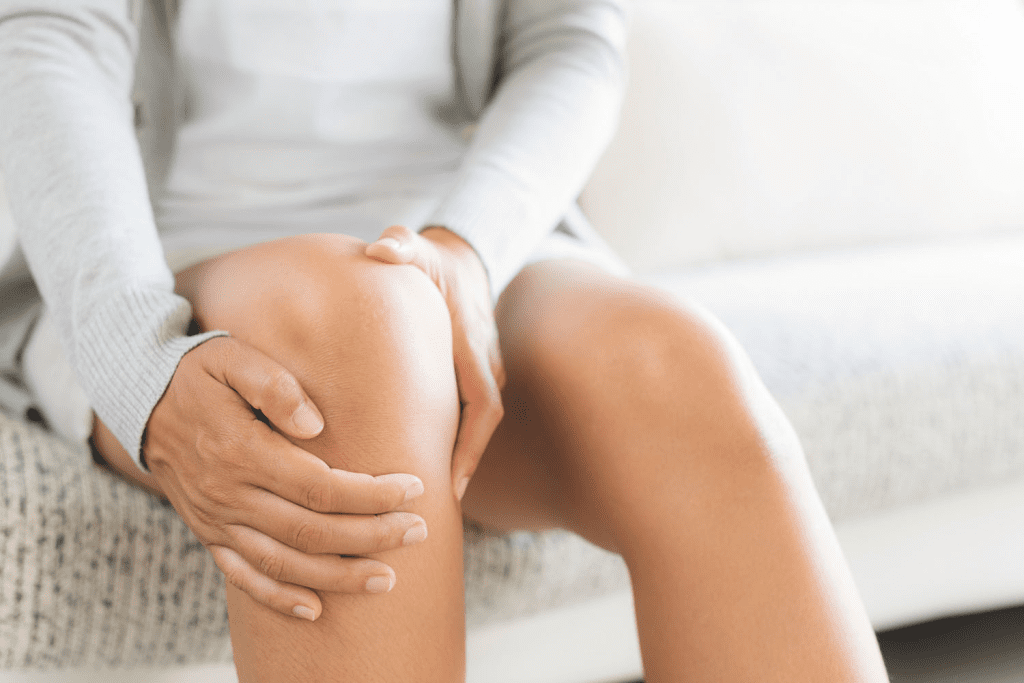
Pain on the outside of the knee, known as lateral knee pain, is frequently linked to iliotibial band syndrome (IT band syndrome), lateral meniscus tears, or lateral collateral ligament (LCL) injuries. This pain is particularly common among runners and athletes involved in high-impact sports, as it’s often caused by repetitive movement and strain on the outer knee.
Acute vs. Chronic Knee Pain: What’s the Difference?
Knee pain can generally be classified as either acute or chronic, and each type requires a different approach to treatment.
Acute Knee Pain
Acute knee pain comes on suddenly and is typically the result of a specific injury or trauma, such as a fall, twist, or direct blow to the knee. Immediate treatment is essential for acute knee pain to prevent further damage. In many cases, early intervention can help speed up recovery and reduce the likelihood of long-term problems.
Chronic Knee Pain
Chronic knee pain develops gradually and is often linked to conditions like arthritis or repetitive stress injuries. This type of pain requires ongoing management, which may include medication, physical therapy, and lifestyle modifications. While chronic pain can be more challenging to treat, addressing the underlying cause and making necessary adjustments to your daily routine can significantly improve your quality of life.
The Importance of Early Diagnosis
Early diagnosis is critical in managing knee pain. Identifying the cause of your pain as soon as possible can prevent the condition from worsening and help you avoid more invasive treatments. Delaying diagnosis can lead to increased pain, decreased mobility, and further complications that may require surgery or other intensive interventions.
When to See a Doctor for Knee Pain
If you’re experiencing knee pain, it’s essential to consult a doctor, especially if:
- The pain is severe or accompanied by significant swelling.
- You’re unable to bear weight on the knee.
- The pain persists despite home treatments like rest, ice, compression, and elevation (R.I.C.E).
- You’ve experienced a traumatic injury.
A healthcare professional will conduct a physical exam and may order imaging tests such as X-rays, MRIs, or CT scans to identify the root cause of the pain. This comprehensive evaluation will help determine the most effective treatment plan.
First Steps in Healing Your Knee
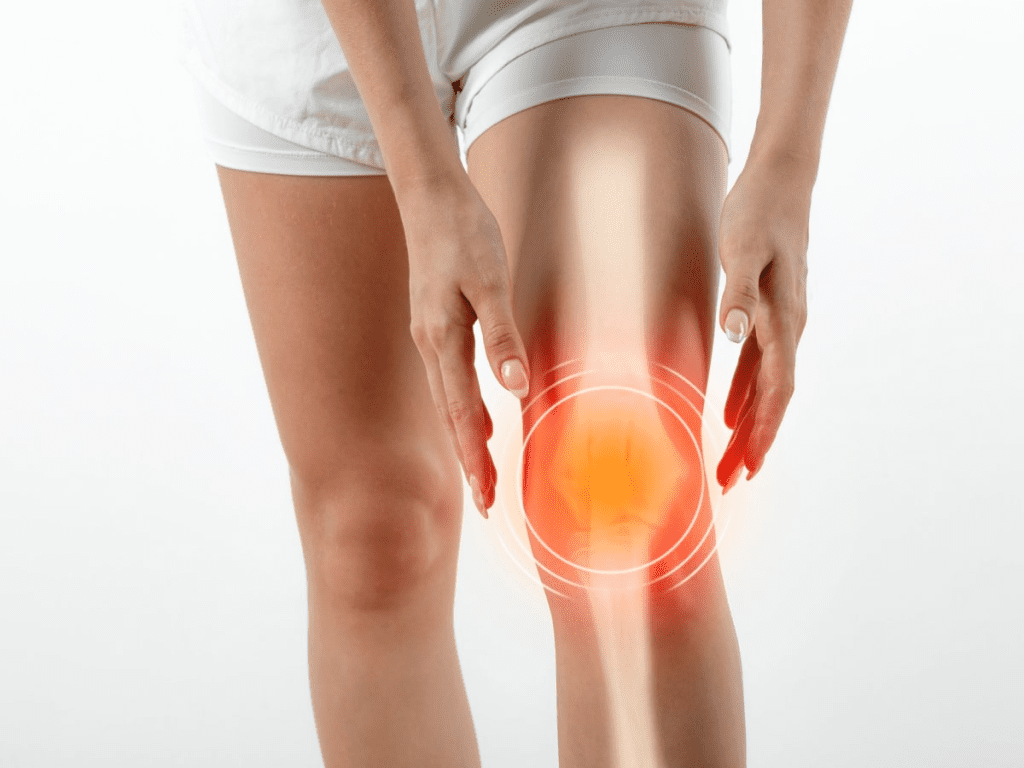
For minor knee pain, the R.I.C.E. method (Rest, Ice, Compression, Elevation) is often the first step. Along with over-the-counter pain relievers and gentle stretching exercises, this approach can help alleviate pain and reduce swelling. However, depending on your diagnosis, your doctor may recommend additional treatments such as physical therapy, knee bracing, or in some cases, surgical intervention.
Conclusion: Act Early to Heal Knee Pain
Knee pain can be debilitating, but early diagnosis and proper treatment can make a world of difference. Whether your knee pain stems from an acute injury or a chronic condition, understanding where the pain occurs and what might be causing it is key to recovery. Don’t ignore the signs—seek medical advice if necessary, and take the right steps to protect your knee health. Healing starts with understanding your pain, taking early action, and following a tailored treatment plan designed for your specific needs.
